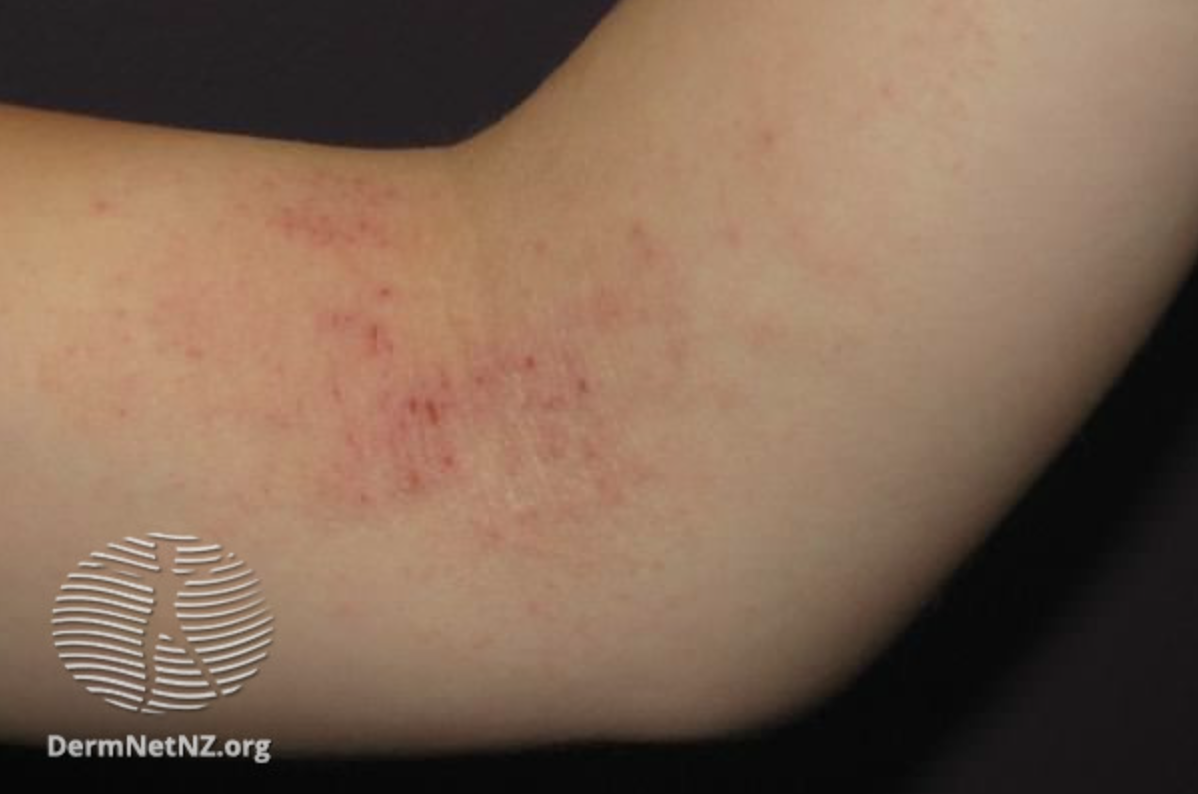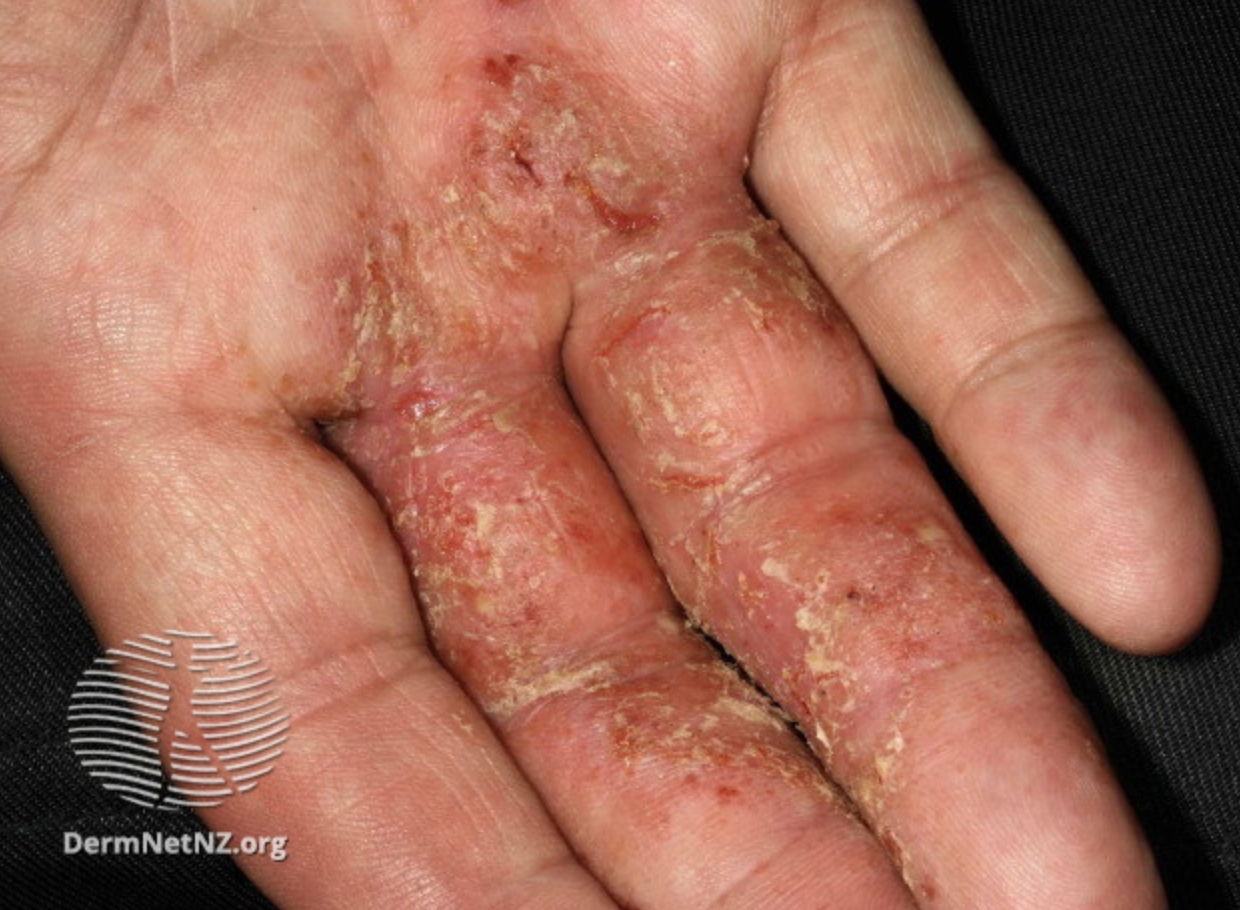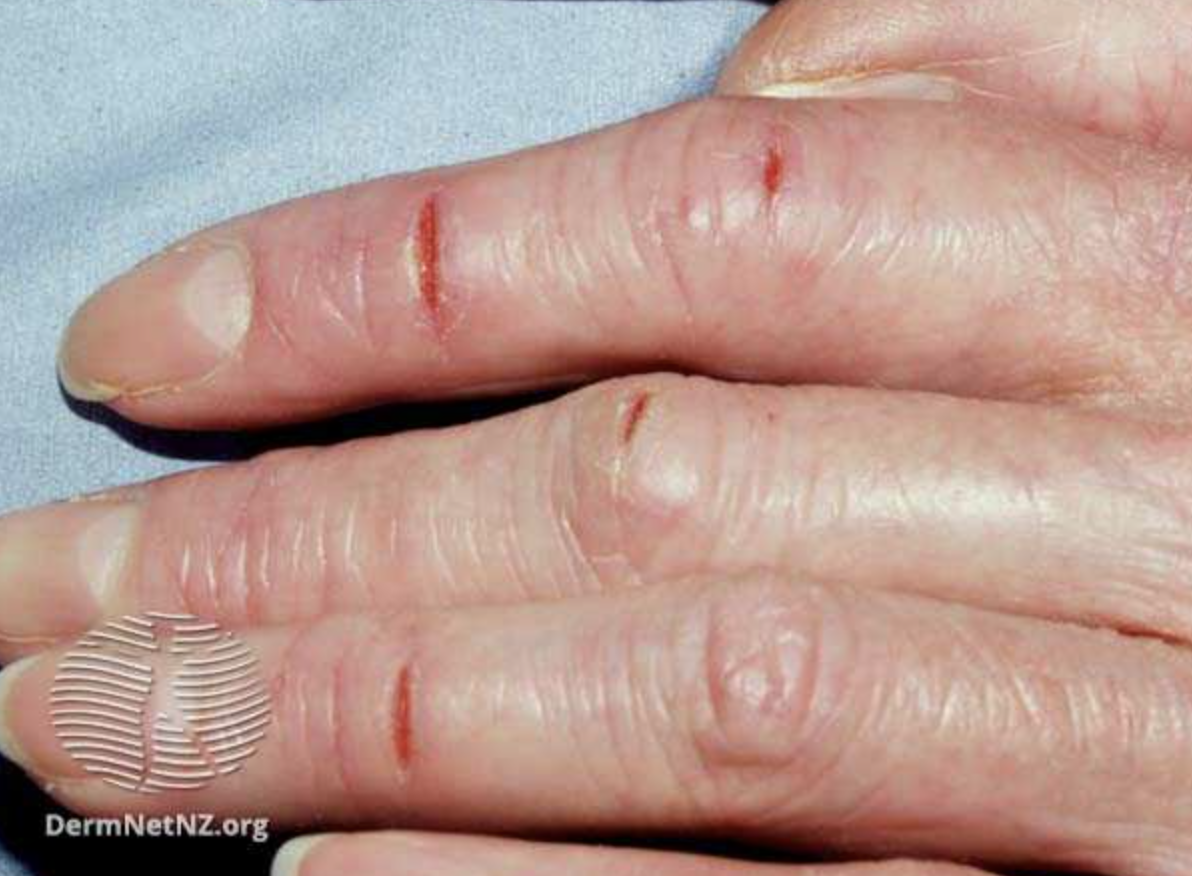Five Types of Eczema
Would you believe me if I told you that eczema is not the disease, it’s the symptom?
That’s where Chinese medicine and conventional medicine don’t agree, but you can see for yourself how different these patterns present.
Not only that, but they will be accompanied by different co-factors that indicate the patient’s underlying pattern. For example, patients with damp heat type eczema are likely to have foul breath and irregular digestion, whereas those with blood heat are more likely to have anxiety and insomnia.
But I bet your dermatologist never asked you about your sleep, mood, or bowel movements, did they?
Patient centered care means holistic, universal care. With an integrative approach, not only will your skin disease improve, so will your other issues.
To see some incredible before and after results using only Chinese herbal medicine, check out our instagram.
TCM Differential Diagnosis
Fetal Heat : Appears between 2 and 6 months of age. Lesions typically begins on the face with swollen, weepy or crusty papules that are intensely itchy, disturbing baby’s sleep. They are often very thirsty, have dark urine, and the skin flares when they get sick or constipated.
Hot Blood with Wind: Dry, flakey, diffuse red flat or rough and bumpy lesions that bleed when scratched. Little weeping unless except when very aggravated. The itch can be intense and disturb sleep.
Damp Heat: Well defined, red, damp, swollen lesions that scab, ooze and crust yellowish fluid. Lesions tend to congregate on the palms and soles, lower body, and skin-folds.
Blood Deficiency Dry Wind : Chronic long standing eczema, often affecting the elderly. Dry, lichenified (thickened) skin with pale lesions that are prone to cracking.
Toxic Heat: Widespread erythroderma covering the majority of the body with scaly red or purple-red lesions that is very hot to the touch, though the patient will feel chilled, unable to regulate their temperature.
All photos are from dermnetnz.org





